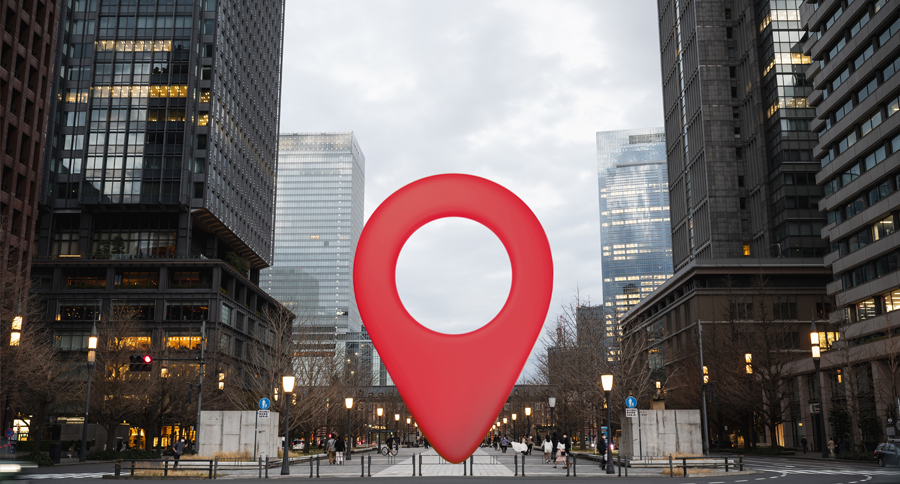
15 Oct Mapping ‘what ifs’ with simulations powered by AI and geospatial tech
In today’s data-driven world, executives across industries strive to make decisions using the best available information. However, there are times when gathering the necessary data is either too costly or impossible. This is where the power of simulation comes into play, a concept that has been around since the early days of computing.
Consider the historical example of the Apollo 13 mission. When the spacecraft had problems, NASA used a computer with data from the mission to make solutions that helped the crew safely return to Earth. This achievement – accomplished with minimal computing power – highlights the early use of data in problem-solving.
Today, supercomputers and the availability of large data sets have drastically improved what algorithms can do. Simulations are now common in both science and industry. They are becoming more useful, easier to understand, and accurate because of advances in artificial intelligence (AI).
One of the most transformative applications of AI-powered simulations is in geospatial analytics. By using these simulations with geographic data, businesses see a lot of value. This makes operations more efficient and decisions more accurate.
Supply chain optimisation
A prime example of this integration is seen in supply chain management. A well-known company that makes networking equipment has created a computer programme that manages product and material requests across 130,000 customer locations around the world. For customers with urgent needs, the system ensures that necessary parts and skilled technicians arrive within two hours.
This is done through a digital twin – a virtual model that uses a geographic information system (GIS) to combine data on inventory, customer locations and service engineers with routing and logistics information. Advanced machine learning models quickly access this data to predict the fastest ways to deliver. Meanwhile, interactive dashboards deliver updates in real-time and show areas for improvement.
Building resilient infrastructure
Geospatial digital twins also play a crucial role in building climate-resilient infrastructure. Telecommunications infrastructure, for example, has a large network of stations, towers and cables that can be damaged by extreme weather conditions like floods and high winds. These conditions can cause billions of dollars in damage.
To solve this, one of the world’s biggest telecom companies uses a digital twin to predict how different weather conditions could affect their infrastructure in the short term and over the next 30 years. Supercomputers at climate research centres make these predictions based on scenarios while GIS data gives detailed information about assets and possible risks.
The rise of 7D planning in smart cities
Other cutting-edge AI-powered simulations push the operational envelope into new dimensions. A massive public rail project is underway in Brisbane as Australia’s third-largest city is prioritising smart city infrastructure designed to reflect its cultural identity. The project comprises two underground tubes and 1,300 km of track tunneled through the heart of the business district out to the suburbs.
The design and execution of the project happens entirely inside a virtual simulation. This digital twin captures 13,000 square kilometers of the city – not just the stations, tracks and tunnels.
This project helped create a platform for experiencing AI-powered simulations in lifelike detail. Machine learning algorithms in a video game engine render the imagery and complex 3D environments. Imagine Pokemon GO! for engineers.
The rise of AI meets the golden age of geography
In all these simulations, AI and geospatial technology work together to make every detail more accurate. As these tools become even easier to use, and more interesting, they will change how companies in different industries and government agencies solve problems and make decisions.
By pairing location and AI, organisations can handle the challenges of the modern world better. They can make smarter decisions based on a complete contextual analysis of data and trends. This not only makes a company’s work more efficient, but it also helps them deal with problems and opportunities in a world where everything everywhere is often more connected than one may realise.
Source : https://www.ft.com/partnercontent/esri/mapping-what-ifs-with-simulations-powered-by-ai-and-geospatial-tech.html
Unleashing GIS Technology’s potential in every industries
Read more
